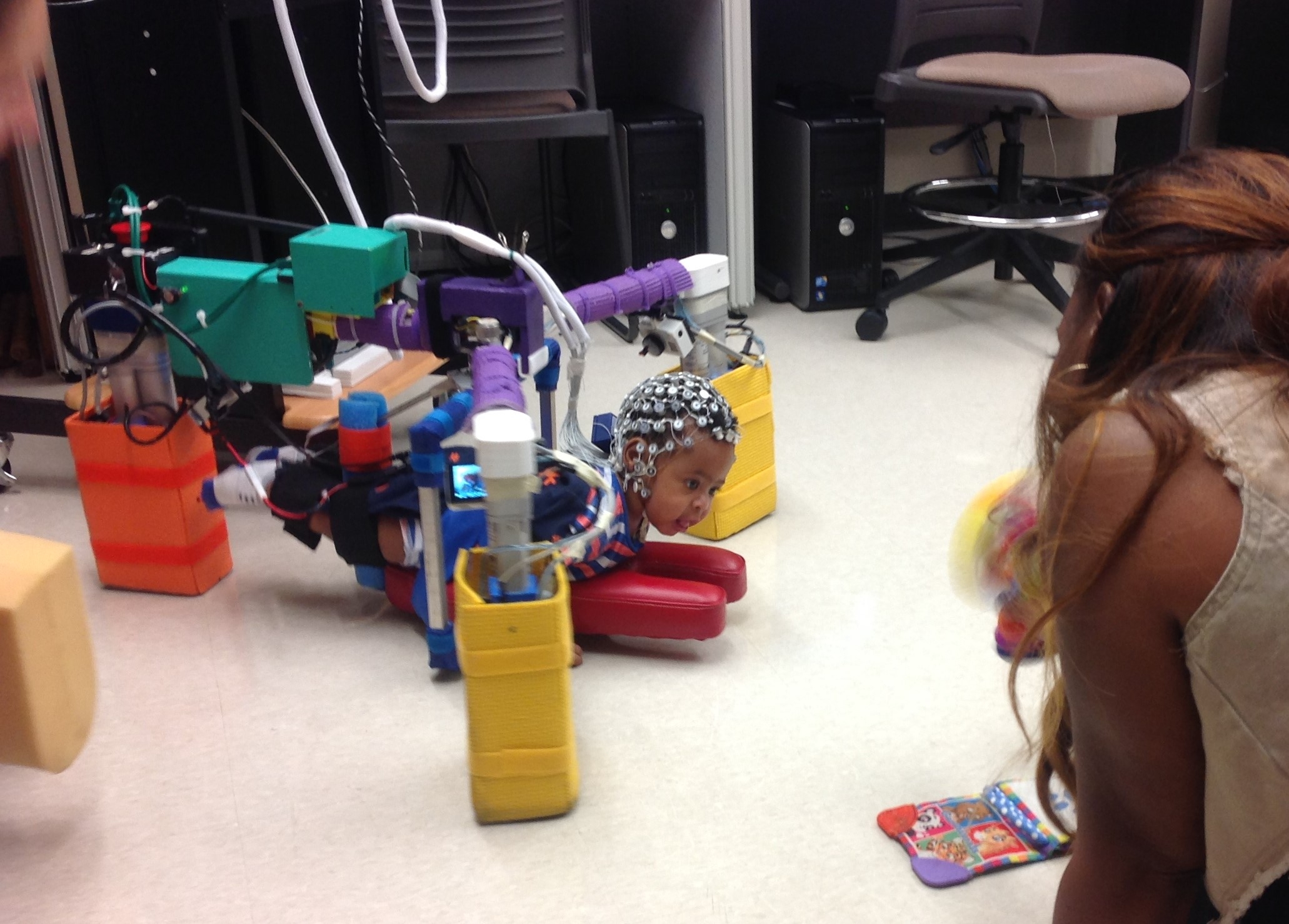You are here
Can We Change Mobility and Brain Function in Young Infants with Early Brain Insult? Implications for Robotic and Sensor Technology
Speakers
Abstract
A fundamental goal of neuro rehabilitation is to enhance functional independence and increase participation in life events by individuals with developmental and neuromuscular disorders. Yet, intervention strategies intended to promote these targeted outcomes for children with neuromuscular disorders continue to do so inconsistently. Promising outcomes and challenges are linked to interventions that maximize the structure-function connection and biomarkers of motor performance that can be used to distinguish between potential intervention responders and non-responders.
For the past 17 years our research team has been involved in exploring how robotic sensor technology can be used to study and facilitate movement learning in young infants with and without brain insult or cerebral palsy (CP). Our earlier research with the Test of Infant Motor Performance (TIMP) had shown that the reduction of spontaneous arm and leg movements that infants exhibited early during the postnatal period could account for delays in emergence of functional skills and mobility. While early mobility such as prone locomotion is associated with other developmental domains such as cognition, and develop during a period of high synaptic connectivity in the brain, infants at risk for CP seldom attain autonomous locomotion during the first year of life.
Our work on infant-robotic reinforcement movement learning, funded by NIH, NSF, and other Foundations, integrates three primary fields of study: a) infant movement learning, specifically task-specific skill training and neural correlates, b) infant-robotic interaction (reward- and error-based learning), and c) robotic sensor development. In order to study infant locomotor learning we have developed a prototype self-initiated prone progression crawler (SIPPC), an integrated collection of robotic technology intended to assist as well as capture movement learning in very young infants learning to crawl. This presentation will focus on technological, behavioral, and neurological findings from our studies.


